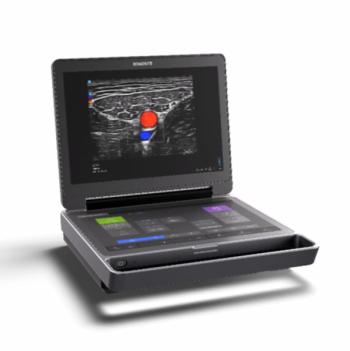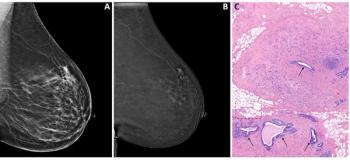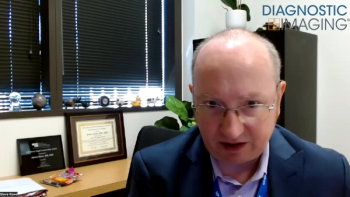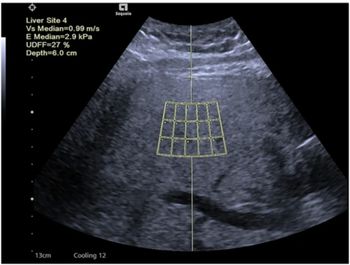
Image Gently alliance seeks to cut pediatric radiation
Coalition recommends ways radiologists can spare children from unnecessary exposure in CT imaging
“Be wise. Adjust for size.” That’s the motto of the Alliance for Radiation Safety in Pediatric Imaging, a multisociety coalition that aims to raise physicians’ awareness about the need to minimize CT-related radiation exposure for their pediatric patients.
Mounting evidence suggests the increased utilization in recent years of medical imaging, particularly CT, has heightened patients’ exposure to ionizing radiation. Radiation protection experts have repeatedly warned that children are more sensitive to radiation than adults because of its cumulative effects.
To date, however, no comprehensive effort regarding pediatric radiation safety has involved all of the specialists who participate in pediatric imaging, said Dr. Marilyn Goske, alliance chair.
Goske, as chair of the board of directors of the Society for Pediatric Radiology, contacted representatives of the American College of Radiology, the American Society of Radiologic Technologists, and the American Association of Physicists in Medicine about a year and a half ago. In July 2007, the four founding groups agreed upon their key message.
They later earned an education grant from GE Healthcare, put together the Image Gently website (www.imagegently.org), and prepared to launch the campaign.
The first phase will target radiologists, radiologic technologists, and medical physicists, according to Goske. These providers will be encouraged to:
reduce significantly the amount of radiation used in pediatric CT;
scan when necessary, do it once, and scan only the indicated region; and
work together to optimize and monitor pediatric CT scanning.
“We hope to change practice,” Goske said. “We know that these healthcare providers want to do the right thing. But they primarily do imaging for adults. We hope to give them straightforward information and resources so they know what they need to do to take care of children in the best way possible.”
The number of pediatric CT scans has tripled in the last five years, according to the alliance. About four million pediatric CT scans were performed in 2007.
The Alliance’s long-term goal is to ensure that medical protocols for pediatric imaging keep pace with advancing technologies. Its ultimate goal is to establish kid-size radiation doses as the standard of care in the U.S., Goske said.
Image Gently is not intended to be a scare campaign or a move to humiliate or punish physicians, said Dr. Donald P. Frush, chief of pediatric radiology at Duke University and chair of the ACR Pediatric Commission.
“We want this to be a cooperative effort on a positive note that gives people helpful information to do things better,” Frush said.
The four charter members of the Alliance represent more than 160,000 physicians, radiologic technologists, and medical physicists. Nine affiliate organizations have joined the effort: the American Academy of Pediatrics, American Osteopathic College of Radiology, American Registry of Radiologic Technologists, American Roentgen Ray Society, Association of University Radiologists, Conference of Radiation Control Program Directors, National Council on Radiation Protection and Measurements, RSNA, and Society of Computed Body Tomography and Magnetic Resonance.
Newsletter
Stay at the forefront of radiology with the Diagnostic Imaging newsletter, delivering the latest news, clinical insights, and imaging advancements for today’s radiologists.






























